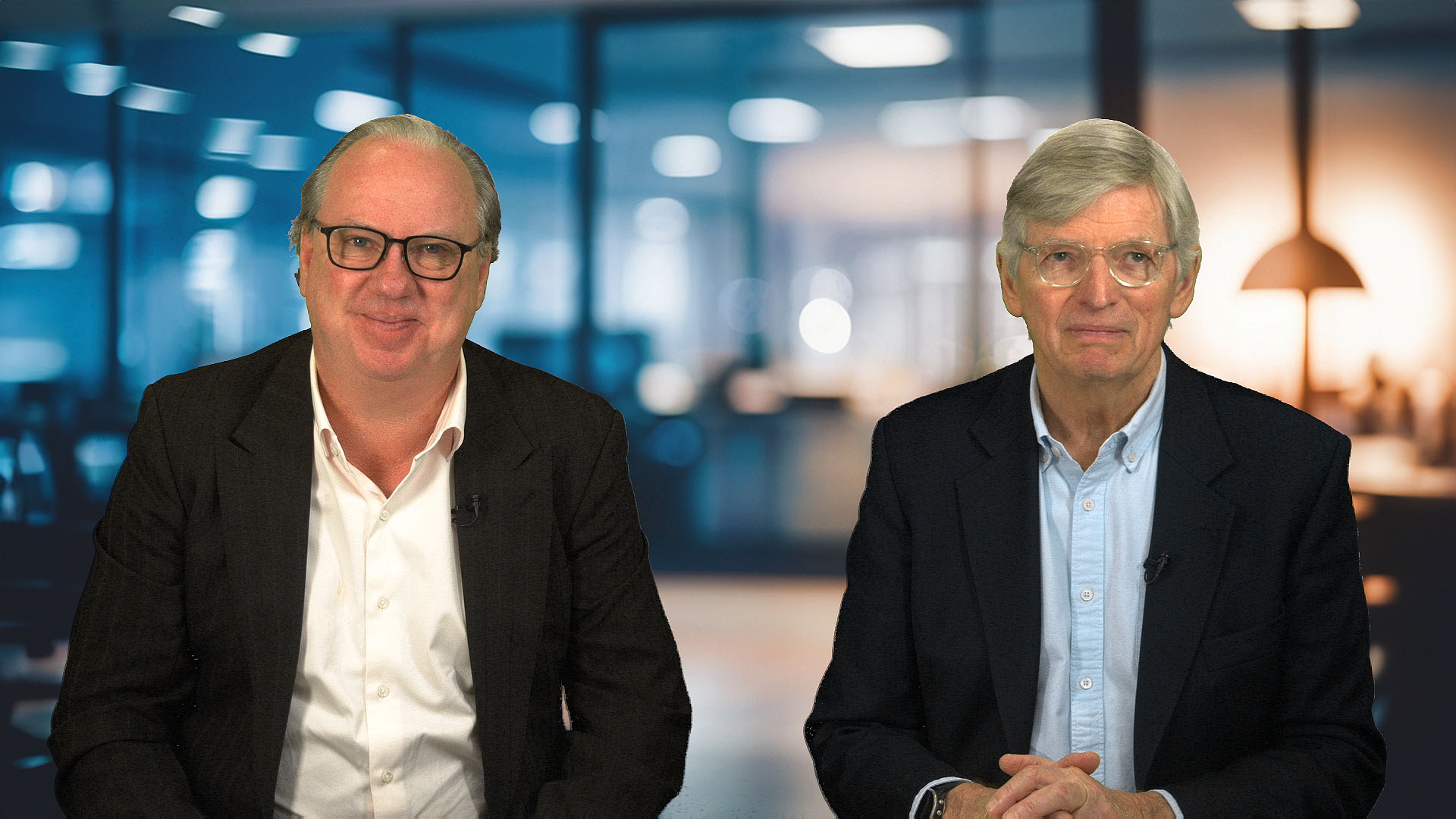So much for all the doom and gloom merchants going on about how the banks and other financial groups would be hurt by the rate rises from the Reserve Bank in its fight to control inflation — with a rise in bad debts, especially for home loans, more impaired loans and other problems.
Wednesday afternoon saw the clearest rejection yet of that doom mongering from global ratings giant S&P, which said its new ratings recognised that credit risks in the Australian banking system have fallen to their lowest in its ratings systems.
The announcement by S&P followed its announcement in February reaffirming its AAA stable outlook for rating (Australia is only one of only nine countries with the highest credit rating from all three global groups — Moody, Fitch and S&P).
In fact, there were ratings changes from S&P Global across the Australian and NZ banking sectors (which are sort of one with the big four Australian banks dominating on both sides of the Tasman).
S&P Global upgraded most of the non-major Australia-based banks and other financial institutions, but left the ratings of the big four banks — Commonwealth, Westpac, NAB, ANZ — and Macquarie unchanged.
But the firm "upgraded all the rated Additional Tier 1 and Tier 2 instruments issued by Australian banks and their New Zealand banking subsidiaries”. Those are the bonds, notes and other securities that make up the already high levels of capital held by the banks across the entire financial system.
"These upgrades reflect improved stand-alone creditworthiness of the Australian banking groups,” S&P said in its long statement on Wednesday afternoon.
But despite a one-notch improvement in the Stand Alone Credit profiles, S&P left the issuer credit ratings remain unchanged on some financial institutions, including the four major Australian banks, Macquarie Bank, and two foreign-owned banks.
"We placed our long-term and short-term ratings on Suncorp-Metway on CreditWatch with positive implications,” S&P said. "Outlooks on all the remaining Australian banks, almost all other financial institutions, and their New Zealand subsidiaries are stable,” the firm added.
"Our ratings and outlooks on some financial institutions are unaffected by the improvements in the institutional framework. These are: Citigroup Pty Ltd, Export Finance Australia, Goldman Sachs Financial Markets Pty Ltd, Housing Australia, JP Morgan Securities Australia Ltd, Norinchukin Australia Pty Ltd, and Orix Australia Corp Ltd.
"We do not assess SACPs on these institutions mainly because their SACPs do not drive our ratings on them. Rather our ratings on these entities reflect our assessment of potential for extraordinary parent or government support,” S&P said.
Explaining its reasons, S&P said that Australian banks face reduced industry risks.
"The rating actions reflect continued strengthening of institutional and governance standards in the Australian banking sector that have reduced industrywide risks. Simplified business models and advances in risk management have also contributed to this improvement.
"We now assess the institutional framework for the banking industry in Australia at the lowest risk level on our scale, and in line with that in Canada, Hong Kong, and Singapore. Consequently, we revised our industry risk score on Australia to 2 from 3, and the overall Banking Industry Country Risk Assessment (BICRA) to 2 from 3.
"These scores are on a scale of 1 (lowest risk) to 10 (highest risk). There are no banking systems that we currently assess as having a lower-risk overall BICRA score."
In particular, S&P pointed to what it called the “strengthened institutional framework” with "examples of improvements in risk management, governance, and conduct include an accountability regime jointly implemented by the Australian prudential and corporate regulators.
"A key feature of this framework is to hold senior executives and directors of financial institutions accountable for their actions, decisions, and conduct,” S&P said.














